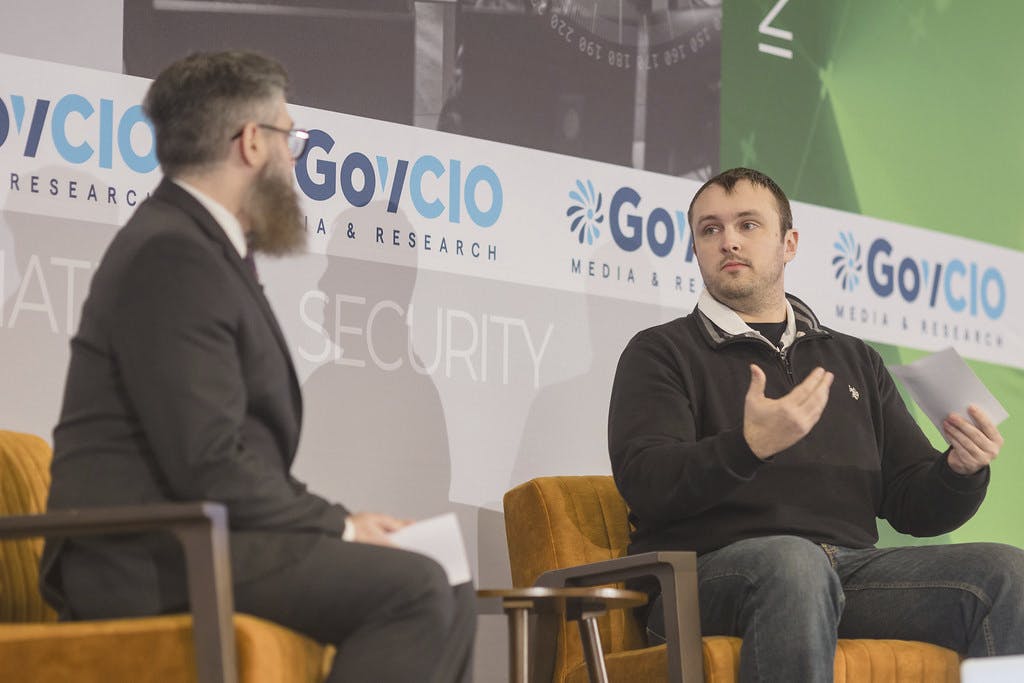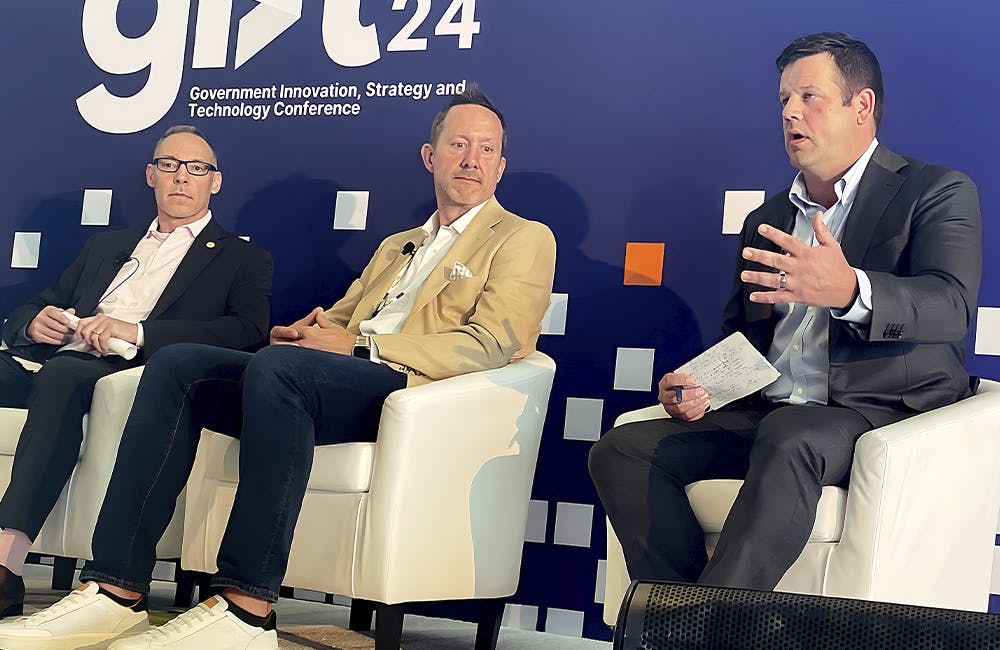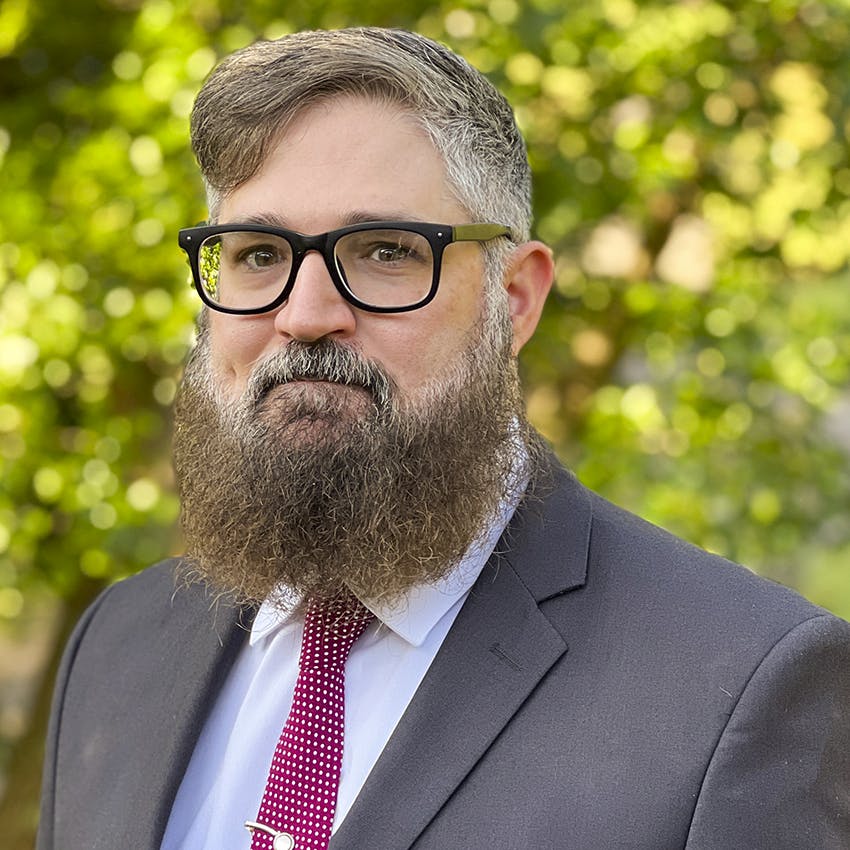DISA HaC Looks to be the ‘Warfighter’s Cloud Provider of Choice’
DISA’s Korie Seville said balancing needs and training are critical to the cloud mission across the Defense Department.

The Defense Department’s cloud capabilities provider is shifting priorities to becoming more of a hybrid-cloud provider that better serves its global warfighting customer, Defense Information Systems Agency (DISA) J-9 Hosting and Compute (HaC) Deputy CTO Korie Seville said at the Defense IT Summit Friday.
“When we look at cloud, it is a multi-vector problem with multiple tiers. Battling that problem has forced us to not only look at how we produce, but how we form our business, and how we operate as an organization,” Seville said. “One of our major priorities and probably one phrase that we have as an organization is to basically transform ourselves into a hybrid-cloud provider.”
The HaC is focused on providing cloud services globally to all DOD organizations and the warfighting force under the Joint Warfighting Cloud Capability (JWCC) contract while undergoing its own cloud and data-center modernization process. To make J9 HaC the warfighter’s provider of choice, balancing flexibility, choices and communication will be critical.
“What we’re doing is really looking toward how we provide our capabilities, how we make the barrier for entry lower, and ultimately just making sure that what we’re providing is what the warfighter needs,” Seville said.
In August, DISA announced a new cloud capability available outside the contiguous United States (OCONUS). Seville said standing up DISA’s worldwide cloud pilots is “an interesting calculus problem.”
“We look at it in tiers. And we can’t just look at providing cloud here in the U.S. We have to provide this globally to our warfighting force,” Seville said. “We have the strategic level cloud, which is what we focus on from a business perspective. … When we start to go out of the continental U.S., we have to start looking at the second tier of cloud, which we call the operational tier. The operational tier is really that model of: ‘I can’t have an OCONUS user depend on connection back to the continental U.S.’”
Becoming the warfighter’s provider of choice globally provides for puzzles that need to be solved because servicemembers need access all over, including in “denied and contested space.”
“The third piece is looking at the tactical tier. Realistically, it is fiscally impossible for us to put the same level of computing capability at scale all over the world wherever a warfighter could be,” Seville said, “because the warfighter can be anywhere.”
These efforts require buy-in from all DOD organizations, so the challenges involved with implementation involve more than just software, he said. Talent, training and culture are all keys to the process. At HaC, the biggest challenge is moving beyond and between siloed skill sets and directions.
“In the traditional model of hardware on the floor, that model works. It doesn’t in cloud — those lines blur very, very quickly,” he said.
His team is finding ways to train the workforce to be multi-talented while also being experts at their own track.
“We’re driving toward what we’re calling the multi-discipline administrator. We want all of our admins to be a jack of all trades, master of one,” Seville said. “[The idea is] that they’re conversant in many different capabilities, but they have their path. And when you look at developing training for stuff like that, it becomes a very, very difficult problem.”
These workforce and training challenges are ongoing in different parts of DOD, but Seville noted that the process is moving ahead.
“At the tactical level, it works great,” Seville said. “I think at the higher levels, it’s just taking the business time to catch up. But I’m confident that it’ll get there.”
This is a carousel with manually rotating slides. Use Next and Previous buttons to navigate or jump to a slide with the slide dots
-

How TMF is Helping Agencies Accelerate Tech Modernization
The program launched a new AI pilot to expedite TMF applications as agency leaders urge more to consider applying for funds.
4m read -

Defense Board to Pitch Solutions for Closing Tech Talent Gaps
Defense Innovation Board members cite need to modernize people management the same way government modernizes technology.
4m read -

How Agencies are Upskilling the Workforce in AI
Federal officials are putting in place new training and education methods to ensure its overall workforce understands the technology.
3m read -

A Prepared Workforce is Key to Cyber Resiliency
Strong training strategies and emphasizing cyber hygiene basics enhance security practices at federal agencies.
2m read








